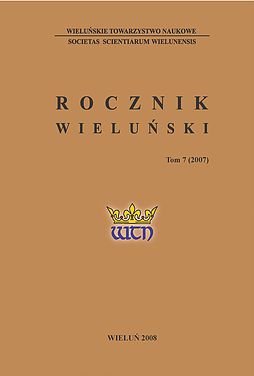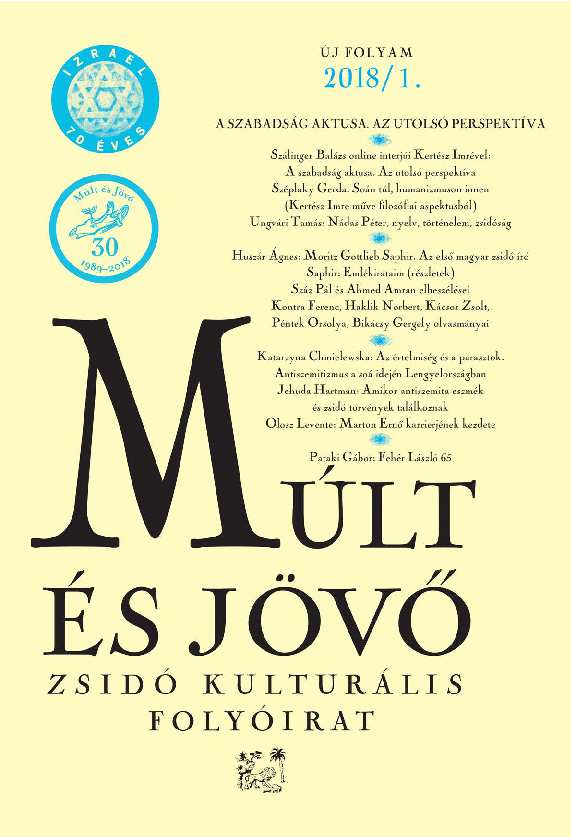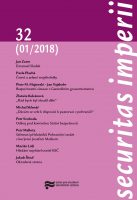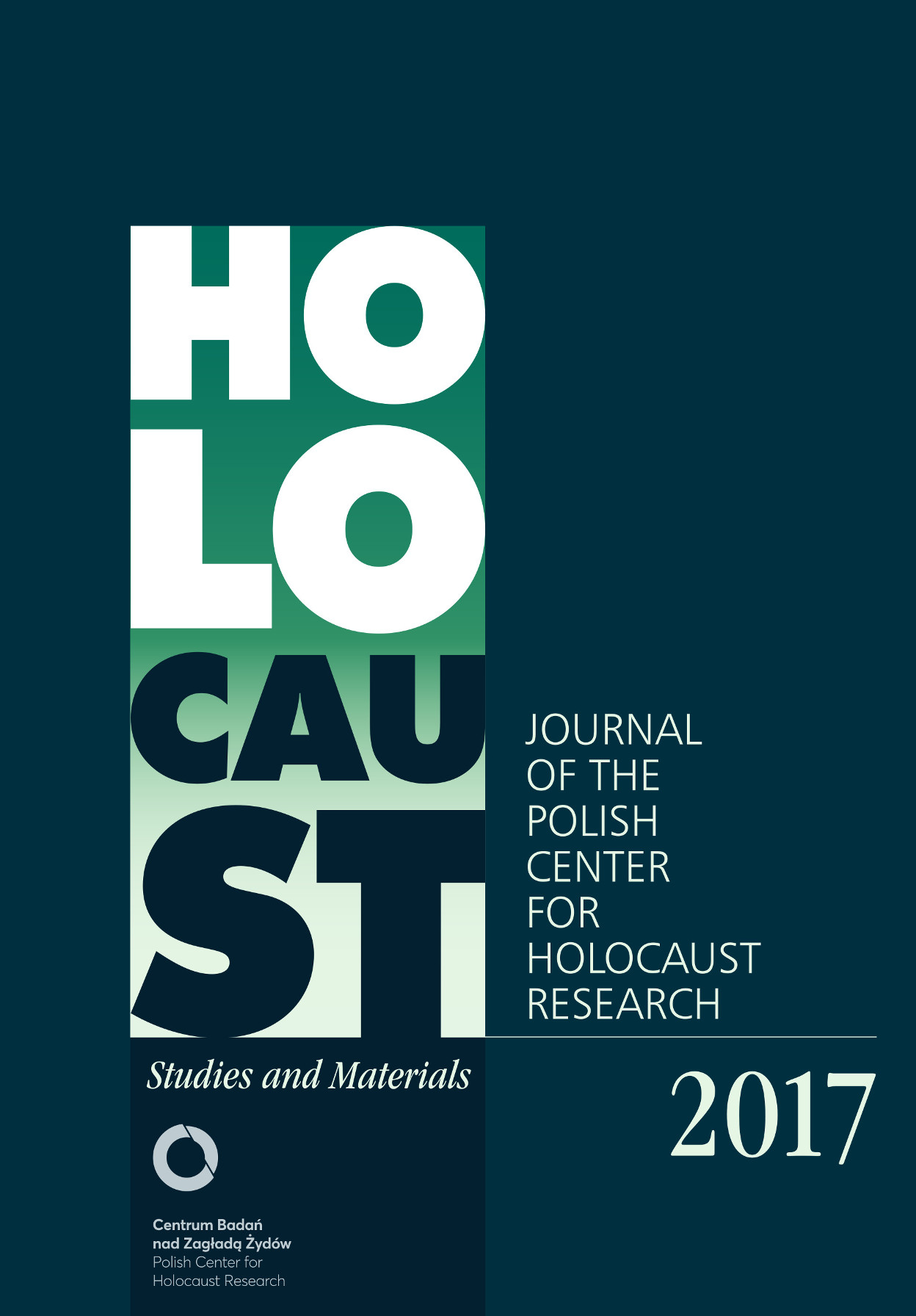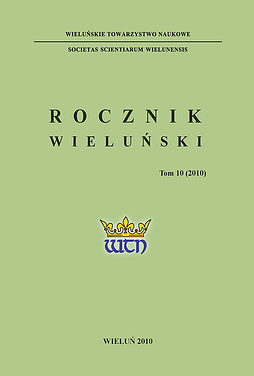
Wspomnienia Ks. Aleksandra Romana Konopki z obozu koncentracyjnego w Dachau (cz. 2)
W chwili przywiezienia nas do obozu księża niemieccy mieli kaplicę w bloku 26, ale była ona zarezerwowana tylko dla nich. Niewielu z nas i nieczęsto mogło z niej korzystać i przyjmować Komunię św. Czasem księża niemieccy podali jeden komunikant przez okno. Dzieliliśmy go wówczas na drobne cząsteczki i przyjmowaliśmy. Na Mszę św. nie mogliśmy uczęszczać. W niedziele, ale także w inne dni, kiedy odprawiano Msze św. na bloku 26, chodziliśmy pod oknem, w ten sposób w nich uczestniczyliśmy. Bóg nieskończenie doskonały i człowiek sponiewierany przez drugiego człowieka – to były najczęstsze refleksje. Dopiero w 1945 r., kiedy zezwolono nam odprawiać nabo- żeństwa, korzystaliśmy z tej możliwości. W kaplicy mógł odprawiać tylko jeden kapłan. Ale odprawialiśmy na stołkach między łóżkami, jednak ktoś musiał czuwać, bo było to zakazane. Wino i komunikanty przekazywali nam księża niemieccy. Ja miałem szczęście jeden raz odprawiać mszę w kaplicy, w warunkach obozowych. Trudno jednak wyobrazić sobie tamte przeżycia. Po wielu latach sponiewierania godności ludzkiej i kapłańskiej oraz narodowej można było przyjąć do serca Ciało i Krew Boskiego Zbawiciela. Milkły usta, serce przestawało bić. Zjednoczenie z Panem przenikało każdy nerw. Nie wiem czy byłbym w stanie ocknąć się, gdyby nawet przyszedł esesman. Cisnęło się pytanie, czy zasłużyłem na takie szczęście?
More...
